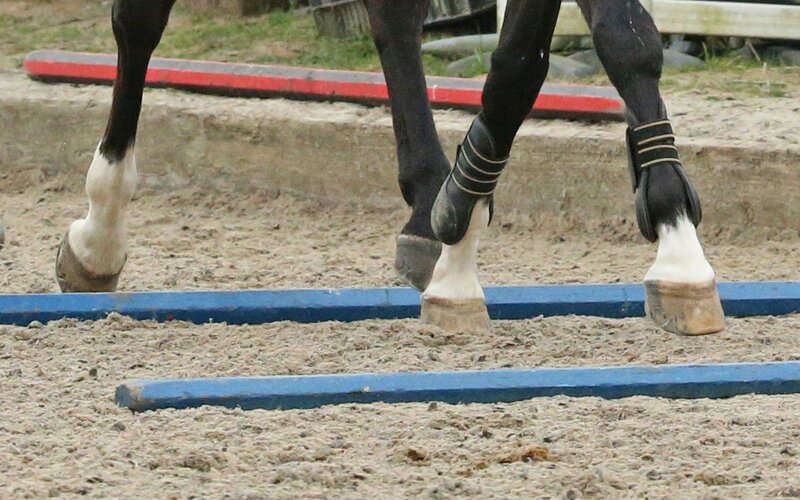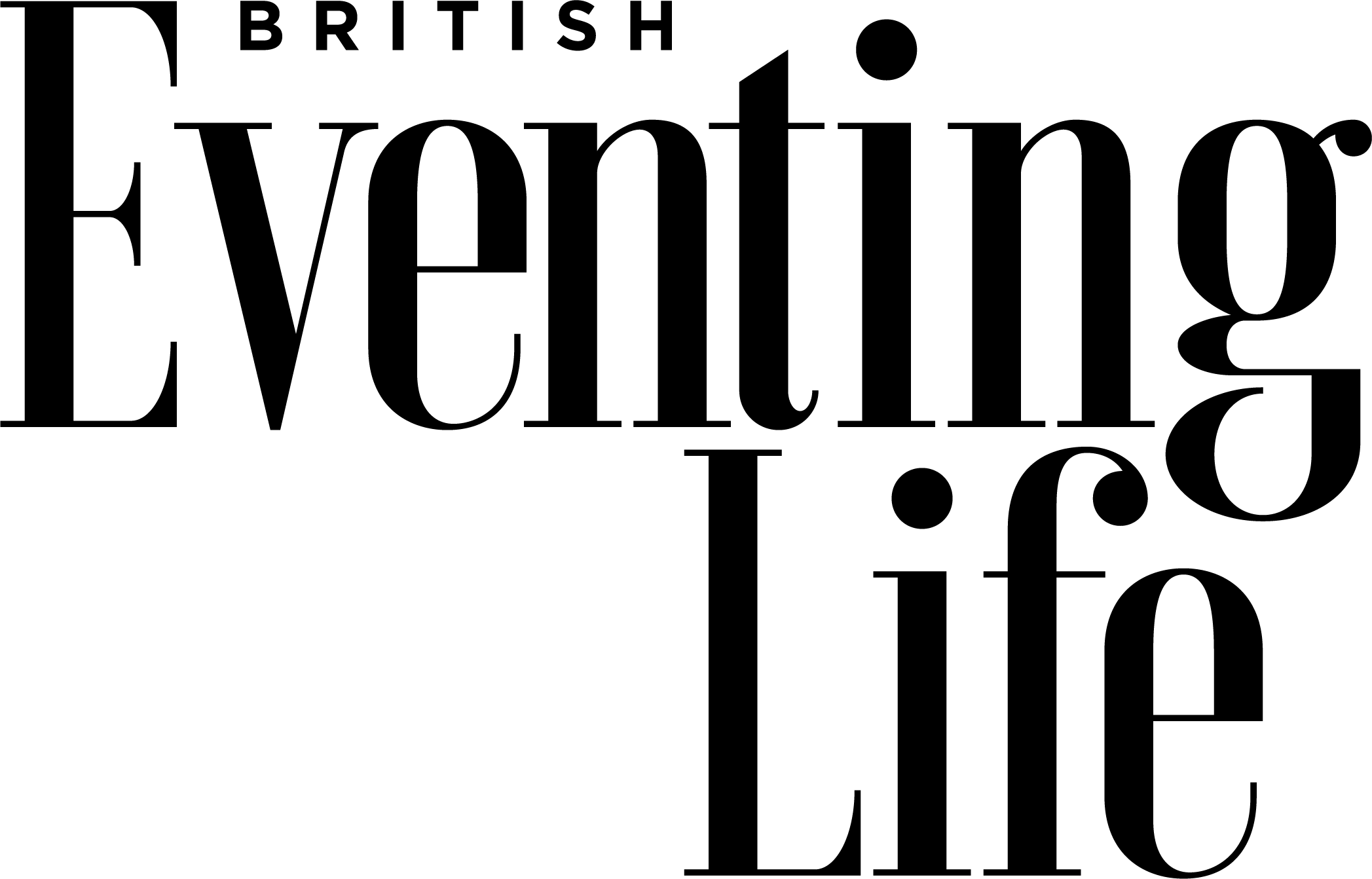
Six ways to exercise your horse without getting in the saddle
Throughout the season we can spend many hours in the saddle; perfecting our dressage test, schooling over show jumps, putting in the speed work and competing. The off season and this period of national restrictions, gives us the ideal opportunity to get back to the basics. We spoke to leading sport horse physio Jenny Wilson to look at the benefits of working horses without even needing a saddle!
Not only does working a horse out of the saddle allow you to assess your horse’s way of going, but it can be a great way to strengthen core muscles, improve balance and way of going and alleviate physical issues.
Not only does working a horse out of the saddle allow you to assess your horse’s way of going, but it can be a great way to strengthen core muscles, improve balance and way of going and alleviate physical issues.
The benefits and purpose of working out of the saddle
- Reducing the load on the limbs and the back without the weight of the rider and saddle.
- It is a great way to get the horse to activate their core muscles and working within its own balance without being held together by the rider.
- The rider can assess the way of going more easily from the ground.
- Ground work is a form of cross training and will reduce the risk of repetitive strain injuries.
- It’s like pilates for horses – we are trying to activate the postural type one muscle fibres with these exercises, so slow, controlled activity is required.
- Development of strength and correct function of these muscles is key in preventing back pain and overloading other areas.
It is very important to work closely with your physiotherapist to identify areas that need correcting and set realistic programs that are specific to your horse.
The options – pros and cons
Lunging
- Generally, lots of trotting on tight circles should be avoided as it can cause repetitive strain injuries, although lunging can have its place.
- Training aids must be correctly fitted with the horse working comfortably and the person lunging must be skilled in getting the horse to work correctly.
- Both the pessoa and the use of equibands (I recommend the Equicore trademarked numnah) can be a good way of getting the horse to activate their hind limbs and their abdominals to improve core stability.
- The abdominals should contract and relax in a co-ordinated movement pattern. Fixation or over-activation of the abdominals can cause a reduction in the ability of the horse to laterally bend. Lunging, like riding, is a skilled exercise and can cause more harm than good if the person lunging is inexperienced.
Long reining
- Long reining allowed more control and is not restricting or fixing the horse in any way.
- It allows the horse to fully stretch over their top line, activate abdominals or core stability muscles, and flex through their spine without the weight of the rider.
- You can keep changing direction and work in straight lines, therefore avoiding repetitive strain of lunging in a circle.
Pole work
- This can be done on the lunge on a circle, while long reining or just in-hand using a cavesson.
- You should work alongside your physio or trainer to get the right exercises for that horse.
- Most of the exercises I recommend can be carried out in walk as it is the best pace for the horse to learn new or correct movement patterns.
- Practice specific exercises for a short period of time as we want to activate the correct muscles and avoid working into fatigue.
Two examples of exercises I might start with in walk are:
Four or five poles in a straight line alternately raised – horse walking in a straight line over poles encourages activity in the abdominals and straightness, great for horses with sway back postures and weak abdominal muscles, and for horses that circumduct or go wide behind.
Two poles raised on the inside – horse walking in a circle over poles will encourage the inside abdominals to contract and the outside abdominals to relax. This can help to improved lateral bending through the thoracic spine and is a good exercise for horses prone to working with overactive abdominals that are stiff to bend laterally through the ribcage.
Water treadmill*
- Water treadmill** is great way of strengthening a horse’s core muscles without being on board.
- It activates the core muscles and encourages them to lift up through the thoracic spine.
- There is reduced risk of the repetitive strain you may have on a circle.
- You also have the benefit of the water cooling the limbs and the buoyancy of the water offers reduced loading through the limbs and therefore less concussion through the joints.
It’s vital to go to someone who knows exactly what they are doing.
- If the speed is too quick, you can get a lot of head and neck movement. This inversion can make them sore and activate the incorrect muscles – the fast twitch or type two muscles rather than the postural type one muscles.
- The water also needs to be kept low and you can do more harm than good if the water is too high. If it is above knee height, for example, we know that you get extension through the thoracic spine and at the base of the withers – that would not be beneficial for horses with kissing spine or even if the spinous processes are close.
- You are not increasing cardiovascular fitness with the water treadmill – it doesn’t raise the heart rate enough. It is purely aiming to work the core.
Swimming*
- This is great for increasing cardiovascular fitness without putting strain on the joints and soft tissues.
- It can replace galloping, especially if a horse has wear and tear in their joints or tendon problems.
- From a physio’s point of view, the posture is inverted and hollow when they are swimming. That will not encourage the right kind of posture or movement pattern that we are always working to improve in the event horse.
- It would not suit a horse with kissing spine, for example, as this extended posture of the spine would bring the spinous processes closer together.
Baited stretches (carrot stretches)
- Scientifically proven, baited stretches carried out in the correct way will increase the size of the multifidus muscle, which is one of the main stabilising core muscles of the horse’s spine.
- Baited stretches are best performed after the horse has worked when the body is warm.
- Specific attention should be paid to the quality of movement – horses will always take the path of least resistance and will often over-stretch more mobile areas before stretching the stiff areas, leading to over-strain of areas that are already over-working.
One to try at home:
A good exercise to activate the core muscles of the horse is encouraging it to laterally bend towards its hind foot.
In terms of what is best for your horse, every horse is different and has specific injuries, postures or movement patterns. The most important thing is to work alongside your physiotherapist to work out the right achievable program and exercises for each horse individually.
Originally published in September/October issue of British Eventing Life, words by Ellie Kelly
* Subject to current travel restrictions in place
**It’s also important to check with your vet or physio first before using a water treadmill. Certain conditions or injuries would make a treadmill unsuitable as the limbs are retracted or taken back passively by the belt.
